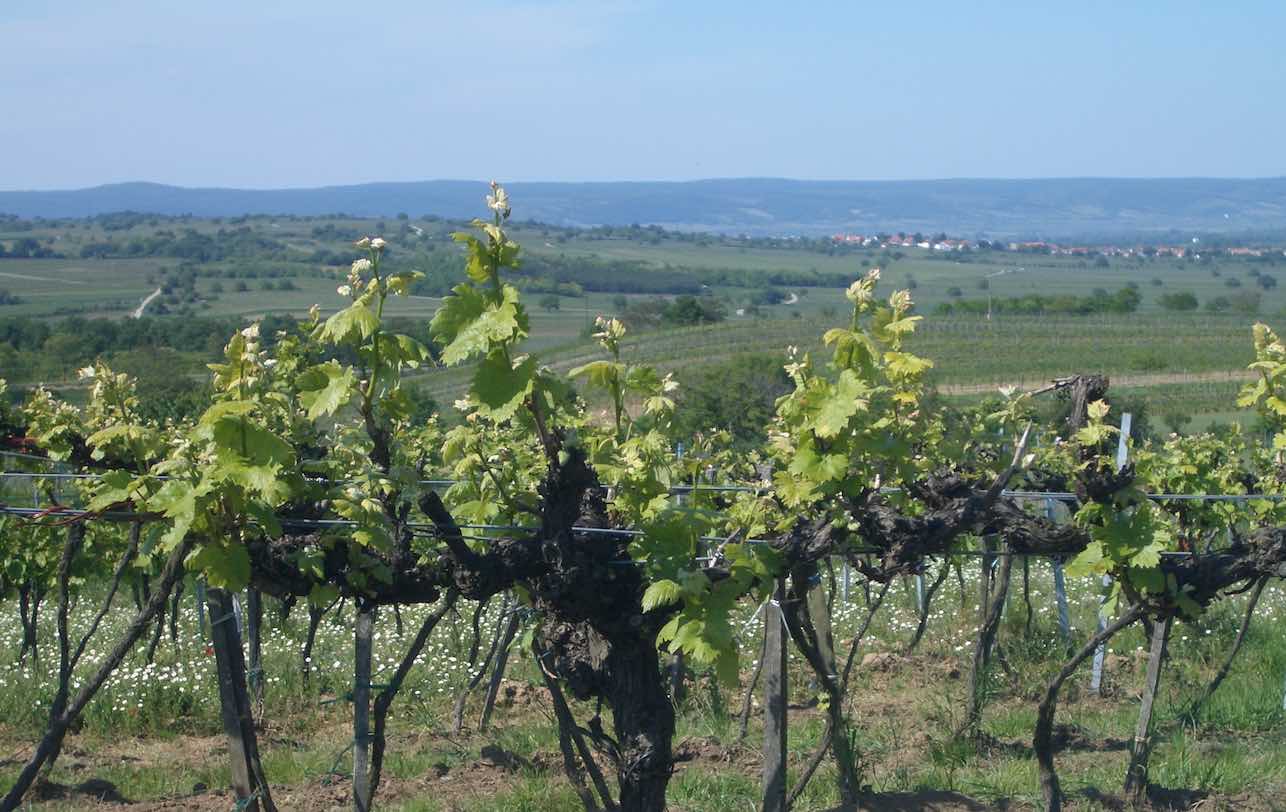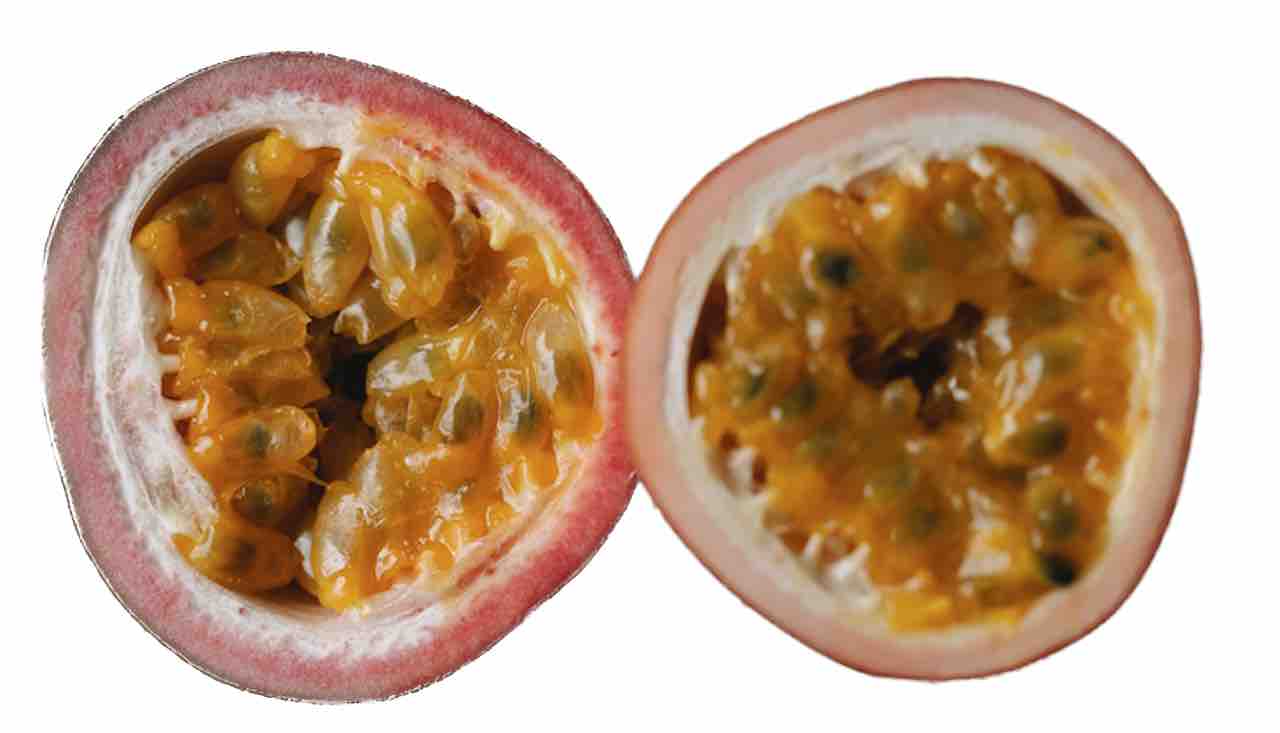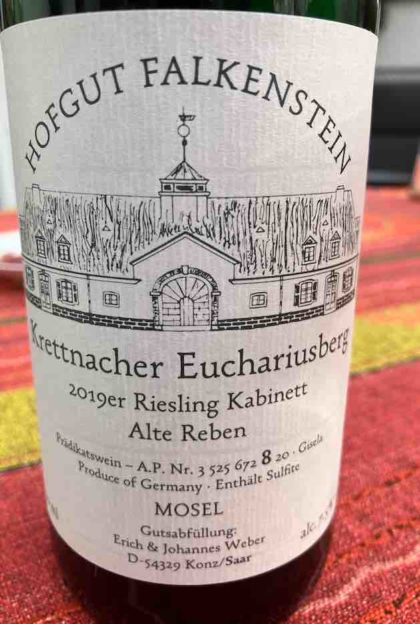The Syss 3.0 from the Kloster am Spitz winery is really a bit unconventional, as it combines Eiswein 1990 and TBA 1998 from Neuburger and Scheurebe from the Purbacher Riede Zelter with a fresh Rosenmuskateller 2022. It has been created by Thomas Schwarz, the winemaker of the Syss 3.0.
Higher Predicates
Red ice wine from China
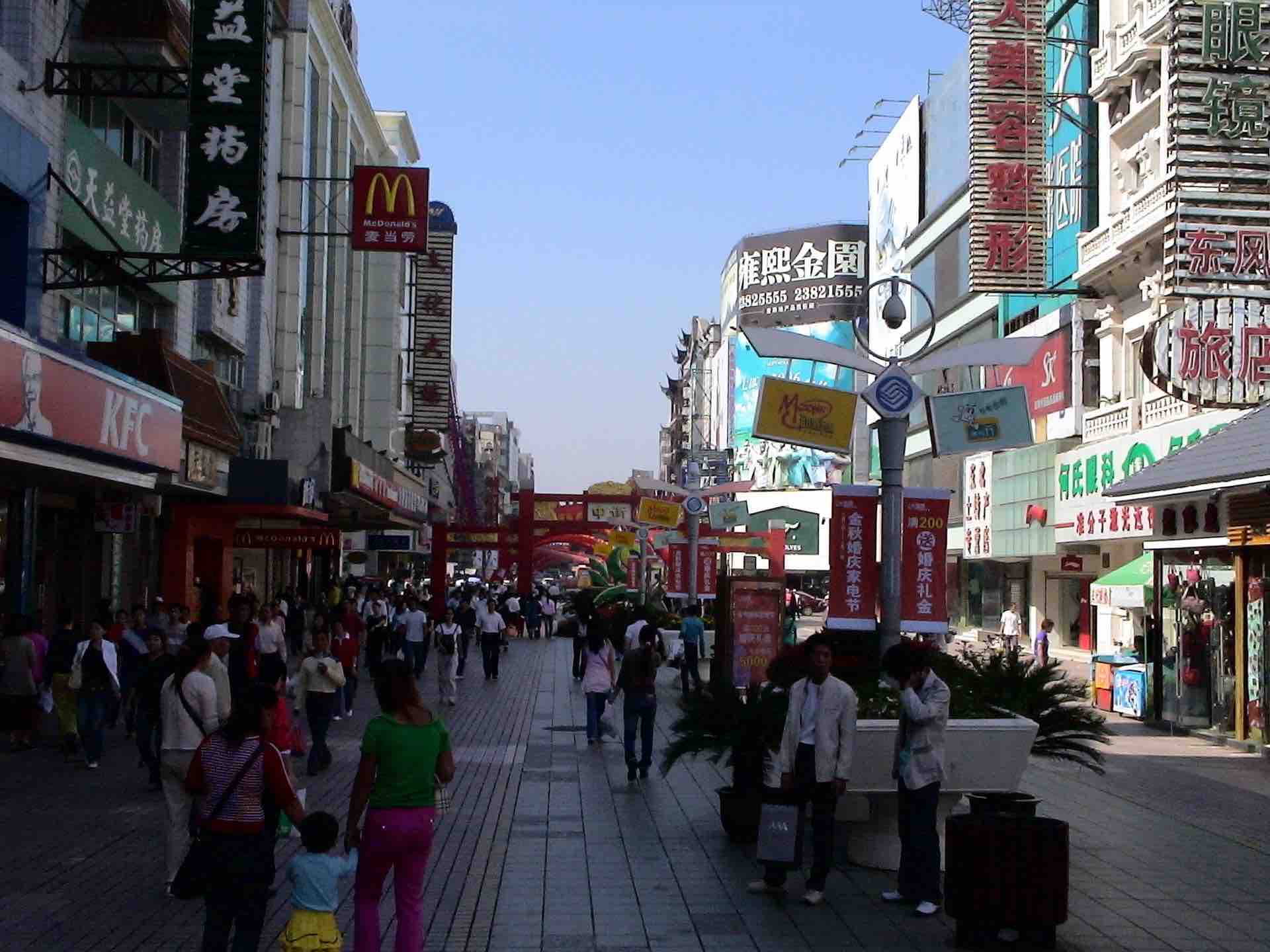
Wine has been grown in China for around 4,600 years. There are currently almost 900,000 hectares of vines. However, the largest part of around 800,000 hectares is used to produce raisins – only around 100,000 hectares are used for viticulture. On this area, around 15 million hectoliters of wine are produced in 11 wine-growing regions,
Haag’s elegant late harvest from the Juffer Sonnenuhr
![]()
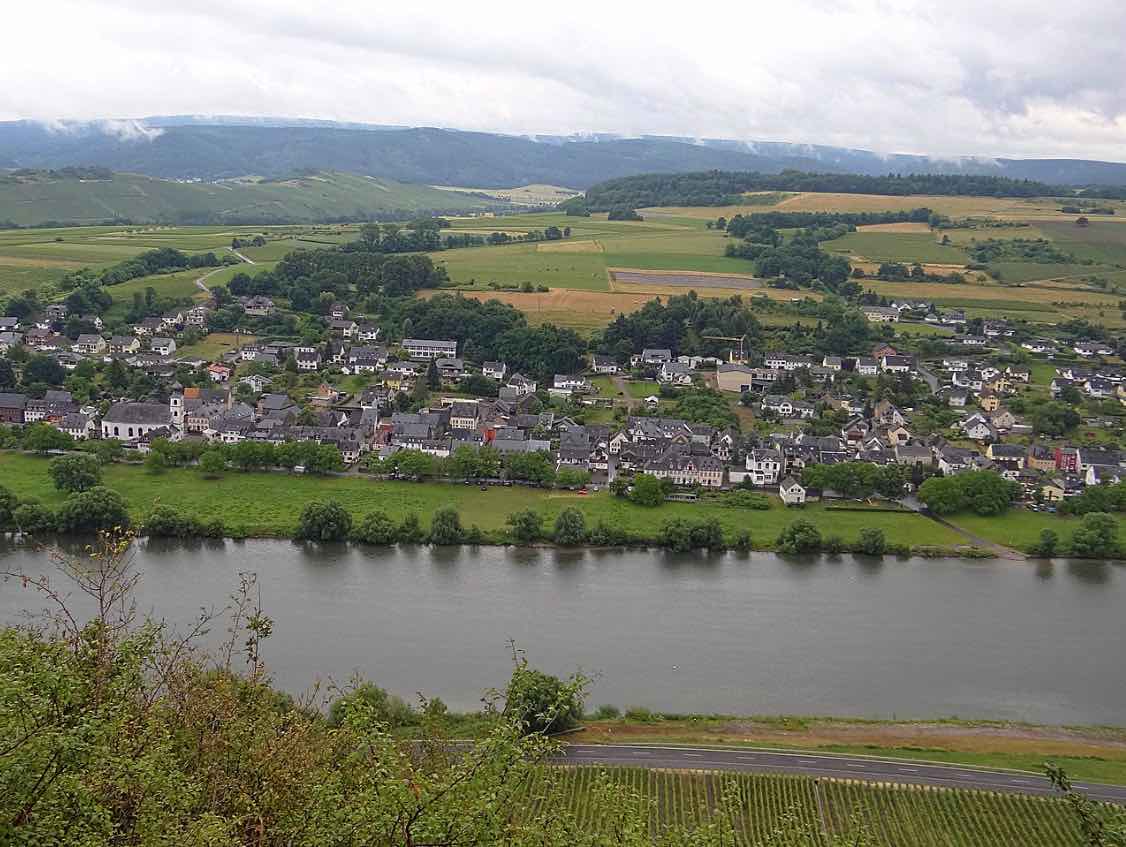
The Romans had already planted grape vines in the Brauneberger Juffer location – and made wine from them, as the remains of the Roman wine press at the foot of the steep slope show. The 10.5 hectare Juffer Sonnenuhr vineyard, whose name refers to the sundial located in the vineyard, is considered the heart of Brauneberger Juffer.
Kracher’s Non-Vintage Noble Reserve TBA
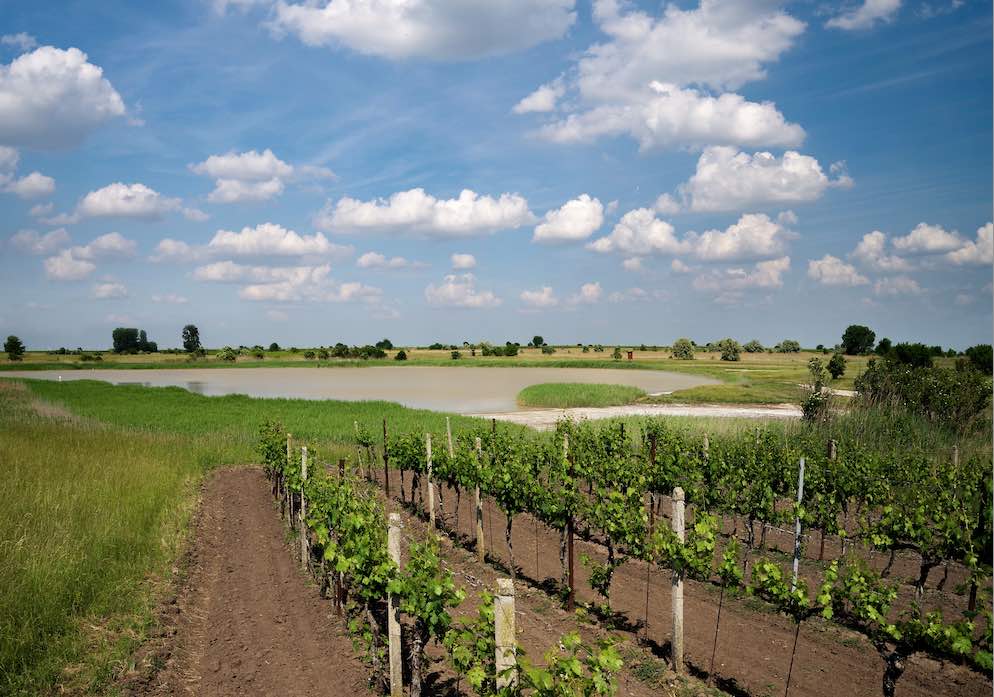
The best-known Austrian noble sweet wines probably come from Rust and Seewinkel, located east of Lake Neusiedl. The climate prevailing on Lake Neusiedl particularly favors the development of Botrytis, which makes it possible to harvest grapes for Beeren- and Trockenbeerenauslese in almost all years. On the east side, the botrytis development is by a variety of
Dancing Riesling Kabinett J.J. 2022
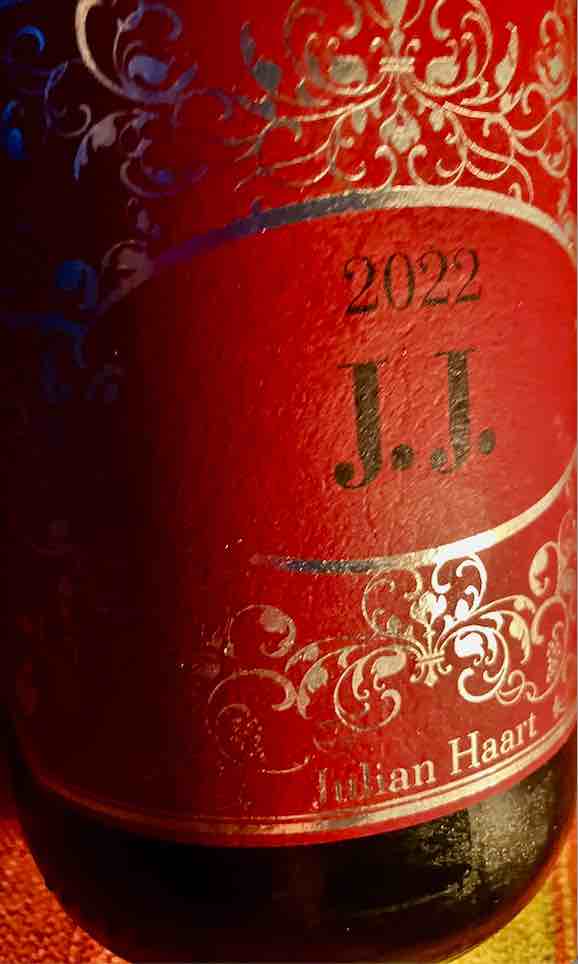
Some of the most sought-after wines are those from Julian Haart. Growing up in an extremely traditional winemaking family, he has been running his own winery
Pius Auslese 2022 – Huxelrebe on a soaring flight
There was mascarpone ice cream with oven-roasted strawberries for dessert, plus a Pius Auslese 2022 from the Klaus Peter Keller winery. A very well-known winery, above all for its elegant dry Riesling wines, but also for its sweet wines, which are among the best.
Willems-Willems’ Euchariusberg Auslese 2018
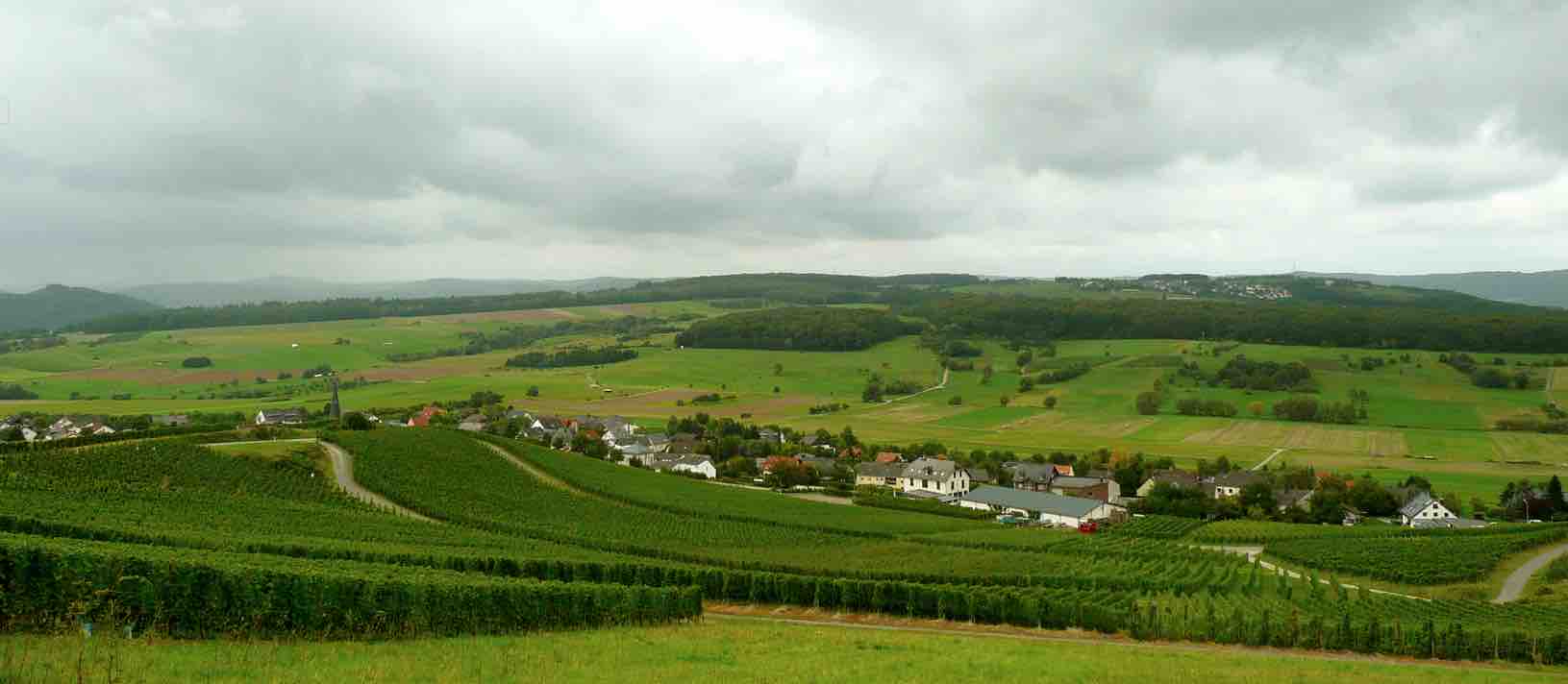
The vines for Saar wines thrive on or near the Saar between Serrig and Konz. 80% of the vineyards there are planted with Riesling. We tasted a Riesling Auslese Krettnacher Euchariusberg 2018 from the Willems-Willems winery. A selection of vines that are located a little higher in the side valley of Krettnach and Niedermennig and as a result thrive in cooler locations,
BA.T – South Styrian Beerenauslese
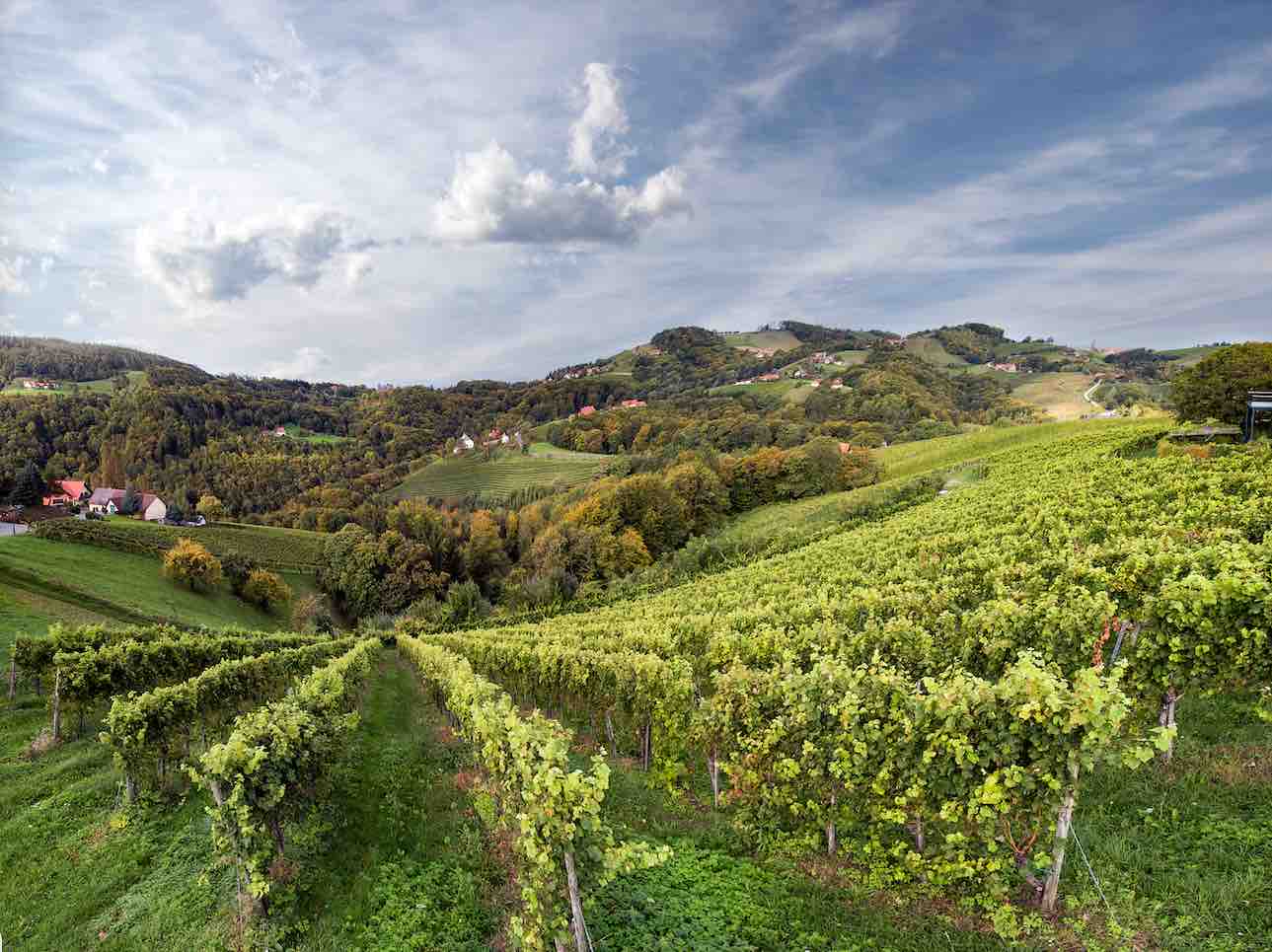
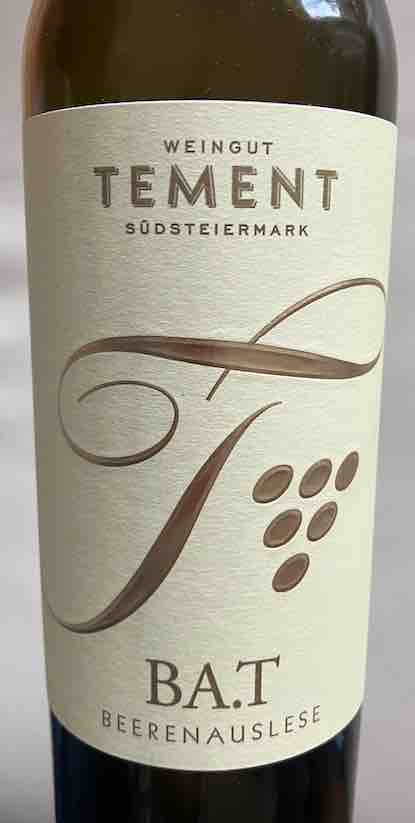 Southern Styria is known for its white wines, 90% of the vines are white varieties, above all the Sauvignon Blanc with around 25%. We tasted a sweet Beerenauslese of this variety from the Tement winery, a winery known for its very good Sauvignon Blanc wines.
Southern Styria is known for its white wines, 90% of the vines are white varieties, above all the Sauvignon Blanc with around 25%. We tasted a sweet Beerenauslese of this variety from the Tement winery, a winery known for its very good Sauvignon Blanc wines.
Falkenstein – Old vines from the Großschock
Hans had planned a Riesling Kabinett from Hofgut Falkenstein to round off the wine tasting, more precisely the Riesling Kabinett Krettnacher Euchariusberg Alte Reben 2019 from the Fuder Gisela, evident from the bold 8 in the AP number.
Furmint Auslese from the Ruster gravel
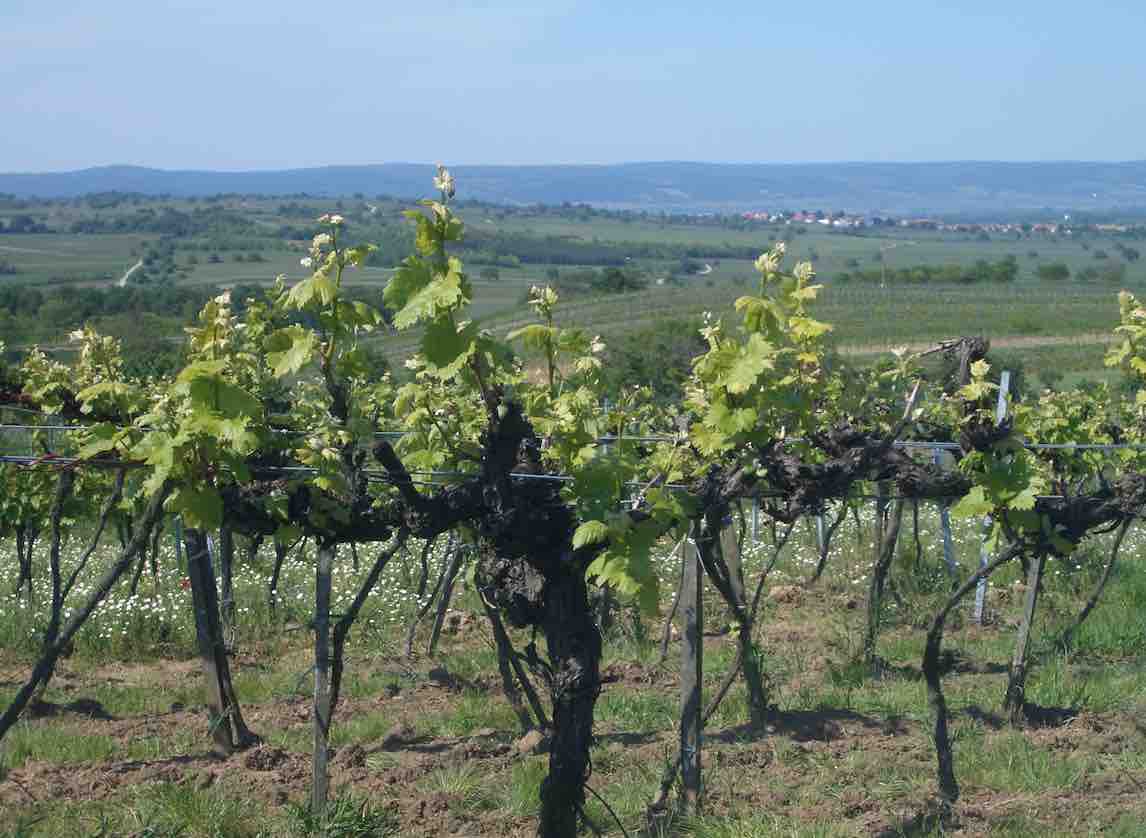
Furmint comes from the Tokaj region in northeastern Hungary, known for its sweet Aszú wines called Tokaji. The late ripening of the variety, the loose grapes with their thin-skinned berries and above all the susceptibility to noble rot (botrytis) make the variety very suitable for the production of sweet wines. However, Furmint also delivers first-class, fiery, full-bodied,
